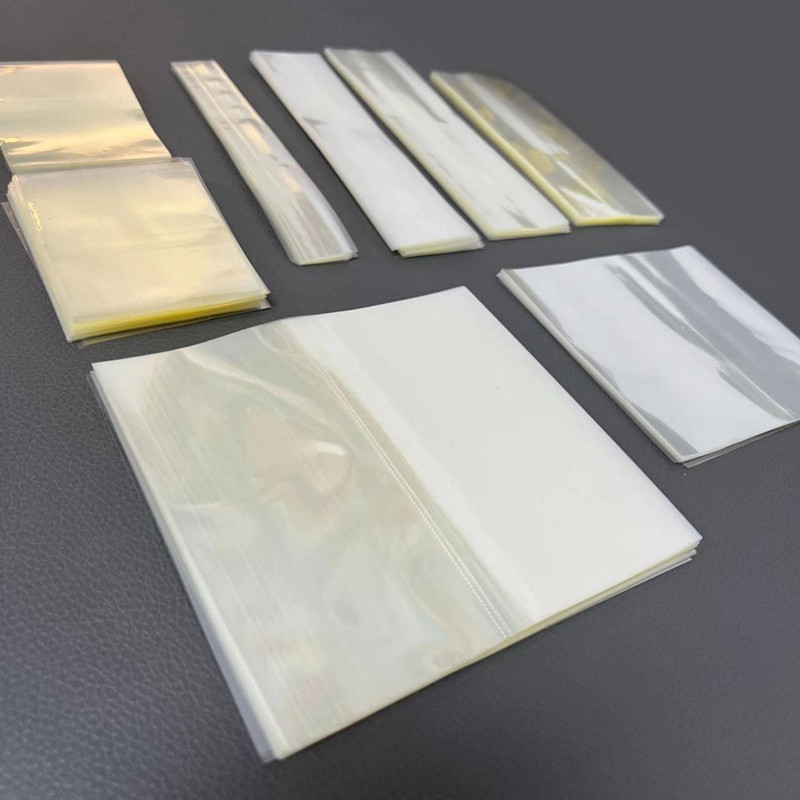The difference between PVC and PP
2023-12-22
First, PP is an environmentally friendly material. PP is easy to burn, melt dripping, burning flame state is yellow and blue smoke less, continue to burn after the fire, petroleum smell.
PP a thermoplastic resin produced by polymerization of propylene. There are three configurations of isotactic, random and intertactic, and isotactic is the main component of industrial products. Polypropylene also includes copolymers of propylene and a small amount of ethylene. Usually translucent colorless solid, odorless and non-toxic. Due to its regular structure and high crystallization, the melting point is as high as 167 ° C, and heat-resistant products can be steam sterilized. With a density of 0.90g/cm3, it is the lightest general purpose plastic. Corrosion resistance, tensile strength 30MPa, strength, rigidity and transparency are better than polyethylene. The disadvantage is that the low temperature impact resistance is poor, and it is easier to age, but it can be overcome by modification and addition of antioxidants respectively.
Second, PVC (polyvinyl chloride) and PP (polypropylene) are composed of different monomers.
PVC burning difficult, melting softening, burning flame state is yellow under green smoke, out of the fire, irritating sour taste.
PVC is one of the world's largest production of plastic products, cheap, widely used, polyvinyl chloride resin is white or light yellow powder. Different additives can be added according to different uses, and polyvinyl chloride plastics can show different physical and mechanical properties. A variety of hard, soft and transparent products can be made by adding an appropriate amount of plasticizer to polyvinyl chloride resin.
Hard polyvinyl chloride rare good tensile, bending, compressive and impact resistance, can be used as a structural material alone. The softness, elongation at break and cold resistance of soft polyvinyl chloride will increase, but the brittleness, hardness and tensile strength will decrease.
Polyvinyl chloride is rare and has good electrical insulation properties, can be used as low-frequency insulation materials, and its chemical stability is good. Due to the poor thermal stability of polyvinyl chloride, long-term heating will lead to decomposition, release HCL gas, and make polyvinyl chloride discolor, so its application range is narrow, and the use temperature is generally between -15 and 55 degrees.
Third, the difference between PP and PVC can be significantly different from the appearance or feel; PP feel is relatively hard and PVC is relatively soft, the best test method is to use an open flame to burn these two materials, there is a black dust is PVC and PP is not. From the smell can also be distinguished,PVC has a choking smell, while PP is odorless.
 English
English Español
Español Português
Português русский
русский Français
Français 日本語
日本語 Deutsch
Deutsch tiếng Việt
tiếng Việt Italiano
Italiano Nederlands
Nederlands ภาษาไทย
ภาษาไทย Polski
Polski 한국어
한국어 Svenska
Svenska magyar
magyar Malay
Malay বাংলা ভাষার
বাংলা ভাষার Dansk
Dansk Suomi
Suomi हिन्दी
हिन्दी






